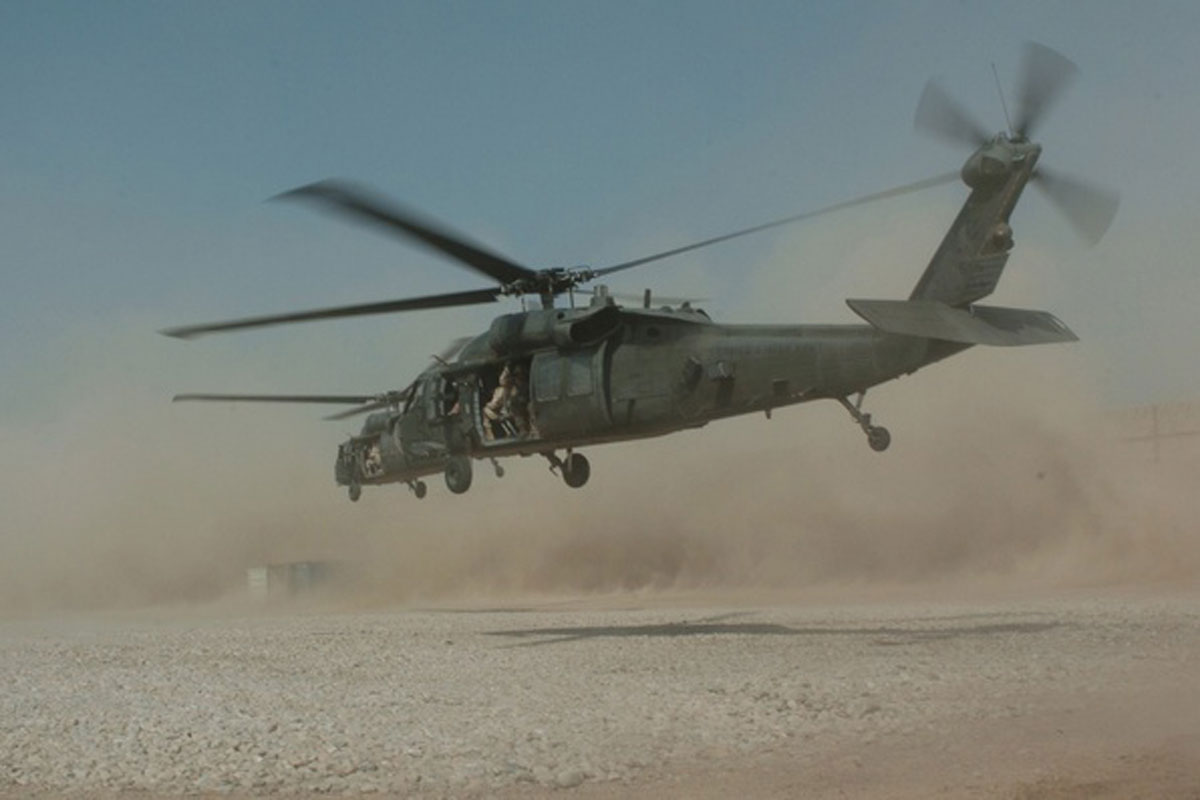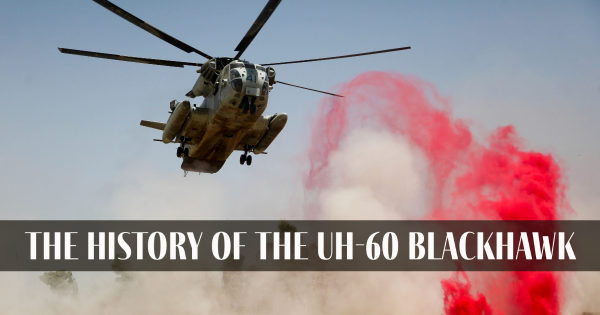Browsing Uh 60 Helicopter Rules and Conformity Demands

Regulatory Framework Review
The regulative structure controling UH-60 helicopter procedures includes a complicated collection of criteria and guidelines developed by air travel authorities. These laws are created to guarantee the efficient and safe procedure of UH-60 helicopters in numerous atmospheres. The Federal Aeronautics Management (FAA) plays a main duty in developing and implementing these laws, which cover a large range of operational facets, including airworthiness standards, pilot qualifications, maintenance demands, and operational procedures.
Compliance with these laws is important for helicopter operators to maintain the highest degree of safety and security and operational honesty. Failing to adhere to these guidelines can cause significant repercussions, including crashes, injuries, and governing assents. Helicopter drivers must stay educated about the most current governing advancements and make certain that their procedures are in full conformity with all suitable policies and criteria.
Airworthiness Evaluations and instructions
Amidst the governing structure controling UH-60 helicopter procedures, an essential emphasis lies on compliance with Airworthiness Directives and conducting thorough examinations to support security standards and operational integrity. Airworthiness Regulations (Advertisements) are issued by air travel authorities to resolve harmful problems in airplane, including the UH-60 helicopter, and mandate specific activities to be taken by operators or owners. Conformity with ADs is compulsory, and failing to follow these regulations can result in serious repercussions, including grounding of the aircraft.
Regular evaluations are paramount to guaranteeing the airworthiness of UH-60 helicopters. These inspections include a series of checks, from regular daily inspections performed by pilots before and after flights to extra detailed arranged maintenance inspections brought out by accredited mechanics. Additionally, unique inspections might be called for based on specific problems or events. By sticking to a stringent inspection program, drivers can find and attend to potential problems quickly, thus boosting the safety and integrity of UH-60 helicopter procedures.
Pilot Certifications and Training

Pilot training for UH-60 helicopters is extensive and covers a wide variety of topics, consisting of airplane systems, emergency treatments, navigating, click to read more and mission-specific training. Additionally, pilots undertake simulator training to exercise different emergency circumstances in a controlled setting. This training aids pilots create the essential abilities to handle difficult situations efficiently.


Furthermore, ongoing training and expert development are important for UH-60 pilots to stay current with the most recent regulations, technology, and finest methods. By spending in pilot qualifications and training, drivers can improve security, optimize performance, and guarantee conformity with regulative requirements in the operation of UH-60 helicopters.
Functional Limitations and Demands
Pilot qualifications and training offer as the structure for recognizing the functional constraints and requirements associated with UH-60 helicopter procedures. Additionally, conformity demands, such as sticking to details trip paths, interaction methods, and emergency treatments, are essential for preserving functional safety and regulative compliance. Pilots have to stay current with all operational limitations and requirements through regular training, rundowns, and evaluates to alleviate dangers and make certain reliable and secure UH-60 helicopter operations.
Emergency Procedures and Compliance Testing
Efficient emergency treatments and comprehensive conformity testing are vital components of keeping operational safety and security and regulative adherence in UH-60 helicopter procedures. Routine conformity testing makes certain that the helicopter satisfies all regulatory demands set forth by air travel authorities.
Compliance screening likewise includes devices onboard the UH-60, such as interaction systems, navigation tools, and safety and security gear. Making certain that all devices is operating correctly and satisfies governing standards is important for secure procedures. Furthermore, conformity screening may include simulations of emergency situation scenarios to examine the crew's reaction and the helicopter's efficiency under stress. By prioritizing emergency procedures and conformity screening, UH-60 operators can check that reduce dangers and show their commitment to security and governing conformity.
Conclusion
To conclude, adherence to regulative structure, conformity with airworthiness regulations, pilot credentials and training, functional constraints, and emergency situation treatments are important for navigating the policies and demands of operating a UH-60 helicopter. uh 60. It is important for operators to prioritize security and make sure complete conformity with all appropriate guidelines go to this website to preserve the airworthiness and functional stability of the airplane
Browsing the regulative landscape surrounding UH-60 helicopter operations demands a nuanced understanding of the detailed internet of policies and conformity demands.Compliance with these regulations is necessary for helicopter drivers to preserve the greatest degrees of safety and security and operational honesty.Amidst the regulative framework governing UH-60 helicopter operations, a crucial emphasis lies on compliance with Airworthiness Directives and performing thorough inspections to promote security standards and functional dependability.Effective emergency situation treatments and thorough conformity testing are crucial parts of preserving operational safety and governing adherence in UH-60 helicopter operations. Normal compliance screening makes sure that the helicopter meets all governing demands established forth by air travel authorities.
Comments on “UH 60 Helicopter Maintenance: A Comprehensive Overview for Pilots”